Home>Furniture & Design>Interior Design Trends>How Long Does It Take For A Glass Of Water To Go Through The Body
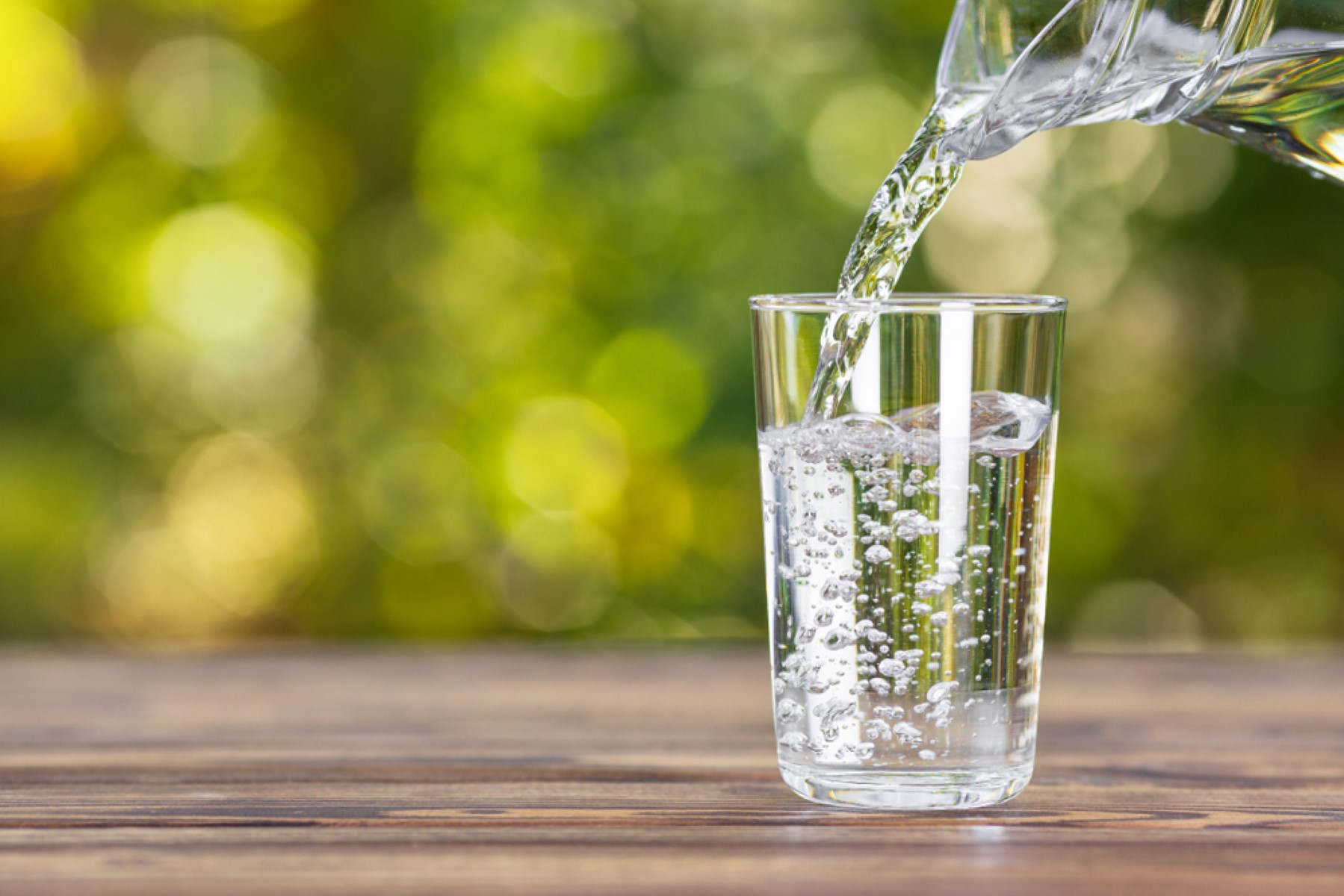

Interior Design Trends
How Long Does It Take For A Glass Of Water To Go Through The Body
Modified: February 18, 2024
Discover the latest interior design trends and learn how long it takes for a glass of water to pass through the body. Explore the connection between hydration and interior design.
(Many of the links in this article redirect to a specific reviewed product. Your purchase of these products through affiliate links helps to generate commission for Storables.com, at no extra cost. Learn more)
Introduction
Water is an essential element for life, and its journey through the human body is a fascinating process that ensures our well-being. From the moment we take a refreshing sip to the eventual elimination, water undergoes a remarkable voyage within us. Understanding the timeline of this journey can provide valuable insights into the body's functioning and the importance of staying hydrated.
As we delve into the intricacies of how water traverses through our system, we will uncover the remarkable efficiency of the human body in processing and utilizing this vital substance. The journey of water through the body is a testament to the intricate design and functionality of the human anatomy, showcasing the seamless coordination of various physiological processes.
Throughout this article, we will explore the digestive system's role in breaking down and absorbing water, the circulation of water within the body, and the mechanisms involved in the excretion of water. By gaining a deeper understanding of these processes, we can appreciate the remarkable orchestration of biological functions that enable the human body to maintain optimal hydration levels.
Join me as we embark on a captivating exploration of how a simple glass of water embarks on a transformative odyssey within the human body, sustaining life and vitality every step of the way.
Key Takeaways:
- Water takes a fascinating journey through the body, from the mouth to the stomach, small intestine, and circulation, before being filtered and eliminated by the kidneys. It’s a vital process that keeps us healthy and balanced.
- The body efficiently absorbs water in the small intestine, where it becomes part of the bloodstream, supporting essential functions like transporting nutrients, regulating temperature, and maintaining cell structure. It’s a crucial part of staying healthy and active.
Read more: Where Does The Water Glass Go
The Digestive System
The journey of water through the human body commences with the intricate processes of the digestive system. Upon consuming a glass of water, the initial phase of its passage unfolds in the oral cavity. As the cool liquid enters the mouth, the salivary glands spring into action, releasing saliva to facilitate the initial stages of digestion. While water itself does not undergo significant chemical breakdown in the mouth, the process of swallowing propels it into the next phase of its journey.
Once swallowed, the water enters the esophagus, a muscular tube that serves as a conduit for transporting liquids and food to the stomach. The coordinated contractions of the esophageal muscles, known as peristalsis, propel the water downward, ensuring its smooth passage into the stomach.
Within the stomach, the water mingles with gastric juices, which contain hydrochloric acid and enzymes that aid in the breakdown of food and liquids. While water does not undergo extensive digestion in the stomach, it is efficiently mixed with gastric secretions, initiating the process of dilution and liquefaction.
Following its brief sojourn in the stomach, the water, now transformed into a semi-digested fluid, moves into the small intestine. Here, the majority of water absorption takes place, facilitated by the intricate structures of the intestinal lining. The small intestine is equipped with specialized villi and microvilli, which serve to maximize the surface area available for absorption. As the semi-digested water traverses the small intestine, these structures efficiently extract the water molecules, ushering them into the circulatory system for distribution throughout the body.
The digestive system plays a pivotal role in preparing water for absorption, ensuring that it is effectively processed and made available for the body's vital functions. The orchestrated sequence of events within the digestive tract sets the stage for the next phase of water's journey, as it transitions from the realm of digestion to that of circulation and utilization within the body.
Absorption of Water
The absorption of water within the human body is a complex and finely tuned process that unfolds primarily within the small intestine. Upon entering the small intestine from the stomach, the semi-digested water encounters a remarkable landscape of specialized structures designed for efficient absorption. The inner lining of the small intestine is adorned with finger-like projections known as villi, which further extend into even smaller structures called microvilli. This intricate architecture vastly amplifies the surface area available for absorption, facilitating the extraction of water molecules with remarkable efficiency.
As the semi-digested water traverses the small intestine, it comes into close contact with the absorptive surfaces of the villi and microvilli. These structures are equipped with transport proteins that actively shuttle water molecules across the intestinal lining and into the bloodstream. This active transport mechanism ensures that water is swiftly and effectively absorbed, allowing it to rapidly enter the circulation and be distributed throughout the body.
The absorption of water is a vital process that underpins numerous physiological functions, playing a pivotal role in maintaining the body's hydration levels and supporting overall health. Once absorbed, water embarks on a transformative journey, becoming an integral component of the body's internal milieu. It serves as a fundamental constituent of blood plasma, facilitating the transport of essential nutrients, oxygen, and metabolic by-products to various tissues and organs.
Furthermore, the absorbed water contributes to the regulation of body temperature, serving as a crucial component in the thermoregulatory mechanisms that safeguard against overheating during physical exertion or exposure to high temperatures. Additionally, water plays a pivotal role in maintaining the turgidity and structural integrity of cells, ensuring the optimal functioning of various physiological processes.
The efficient absorption of water within the small intestine exemplifies the remarkable adaptability and precision of the human body in processing essential nutrients and substances. This intricate process underscores the body's innate ability to extract vital components from ingested materials, thereby sustaining life and enabling the seamless orchestration of physiological functions.
In essence, the absorption of water within the small intestine represents a pivotal stage in the journey of this vital substance, marking the transition from ingestion to integration within the body's intricate network of physiological processes. This transformative process ensures that water swiftly becomes an indispensable resource, fueling the body's myriad functions and sustaining life with remarkable efficacy.
Drinking water can take about 30 minutes to reach the bladder, but the total time it takes to pass through the body varies. Factors like hydration level, metabolism, and individual differences can affect this process.
Circulation of Water in the Body
Following its absorption in the small intestine, water embarks on a remarkable journey through the circulatory system, swiftly becoming an indispensable component of the body's internal milieu. The absorbed water is swiftly ushered into the bloodstream, where it joins the ceaseless flow of this vital life-sustaining fluid. As it mingles with the circulating blood, water serves as a crucial constituent of blood plasma, the liquid component of blood that facilitates the transport of essential nutrients, oxygen, and metabolic by-products to various tissues and organs throughout the body.
The circulatory system, comprising the intricate network of blood vessels, ensures the efficient distribution of water to every corner of the body. The pulsating rhythm of the heart propels the blood, and with it, the dissolved water, through the arteries, delivering this precious resource to the farthest reaches of the body's tissues and organs. As the arteries branch into smaller vessels known as arterioles, the water-laden blood navigates through the vast microcirculatory network, ensuring that every cell receives its share of this vital fluid.
The journey of water through the circulatory system is not merely a passive transportation process; rather, it is a dynamic interplay of physiological mechanisms that regulate the distribution and exchange of water within the body. The intricate balance of hydrostatic and osmotic forces ensures that water is effectively delivered to tissues while maintaining the delicate equilibrium of fluid distribution. Furthermore, the circulatory system plays a pivotal role in regulating the body's hydration levels, orchestrating the intricate dance of fluid dynamics that sustains life with remarkable precision.
As the water-laden blood traverses the microcirculatory network, it engages in vital exchanges with the surrounding tissues, delivering essential nutrients and oxygen while collecting metabolic by-products and carbon dioxide. This dynamic interplay ensures that water becomes intimately involved in the metabolic activities of the body, supporting cellular functions and maintaining the optimal environment for physiological processes.
The journey of water through the circulatory system exemplifies the seamless integration of this vital substance into the body's intricate network of physiological processes. From its swift absorption in the small intestine to its far-reaching distribution through the circulatory system, water emerges as a fundamental element that sustains life and enables the seamless orchestration of countless physiological functions. This transformative journey underscores the remarkable adaptability and precision of the human body in utilizing and distributing essential resources, ensuring the maintenance of optimal hydration levels and the support of vital physiological processes.
Excretion of Water
After completing its transformative journey through the human body, water reaches the final phase of its odyssey: excretion. The process of excreting water is a vital mechanism that enables the body to maintain fluid balance and regulate hydration levels. This intricate process primarily occurs through the combined efforts of the kidneys, which play a central role in filtering and eliminating excess water from the body.
Upon reaching the kidneys, the absorbed water becomes subject to the meticulous filtration and reabsorption processes that characterize renal function. The kidneys, comprised of countless nephrons, serve as the body's filtration system, meticulously sifting through the blood to extract waste products and regulate the composition of bodily fluids. As the water-laden blood courses through the intricate network of renal blood vessels, the nephrons diligently filter out excess water, along with metabolic by-products and other waste substances.
The filtered water, along with the dissolved waste products, is then channeled into the renal tubules, where further processing takes place. Here, the kidneys engage in the crucial task of reabsorbing essential substances, such as electrolytes and glucose, while simultaneously eliminating excess water and waste products. The reabsorption and excretion processes are finely orchestrated to maintain the delicate balance of bodily fluids, ensuring that hydration levels remain within optimal ranges.
Once the excess water is separated from the filtrate, it traverses the intricate tubular network within the kidneys, ultimately converging at the renal pelvis. From here, the excess water, now transformed into urine, is channeled into the ureters, slender tubes that transport the urine to the urinary bladder for temporary storage.
The urinary bladder serves as a reservoir for the accumulated urine, allowing for controlled excretion at a later time. When the bladder reaches its capacity, signaling the need for elimination, the muscular walls of the bladder contract, expelling the urine through the urethra and out of the body. This culmination of the excretory process represents the final stage of water's journey, as it is released from the body, ensuring the maintenance of fluid balance and the elimination of excess water and waste products.
The excretion of water through the intricate processes of renal filtration and urinary elimination underscores the body's remarkable ability to regulate hydration levels and maintain fluid balance. This essential mechanism ensures that the body efficiently rids itself of excess water, safeguarding against the potential for fluid overload and supporting overall physiological equilibrium.
In essence, the excretion of water represents the culmination of its transformative journey through the human body, highlighting the intricate regulatory mechanisms that sustain optimal hydration levels and ensure the efficient elimination of excess fluids.
Frequently Asked Questions about How Long Does It Take For A Glass Of Water To Go Through The Body
Was this page helpful?
At Storables.com, we guarantee accurate and reliable information. Our content, validated by Expert Board Contributors, is crafted following stringent Editorial Policies. We're committed to providing you with well-researched, expert-backed insights for all your informational needs.
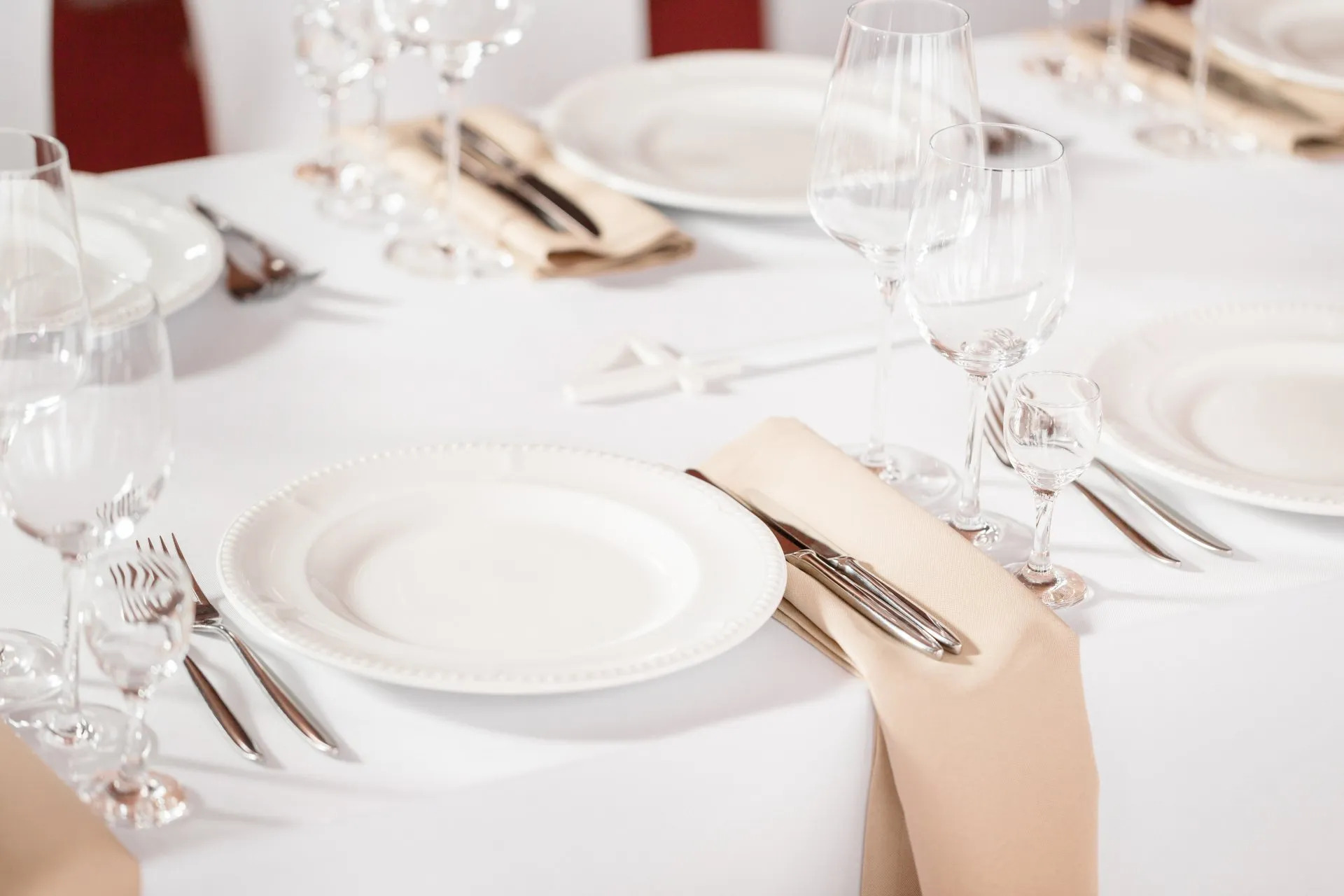

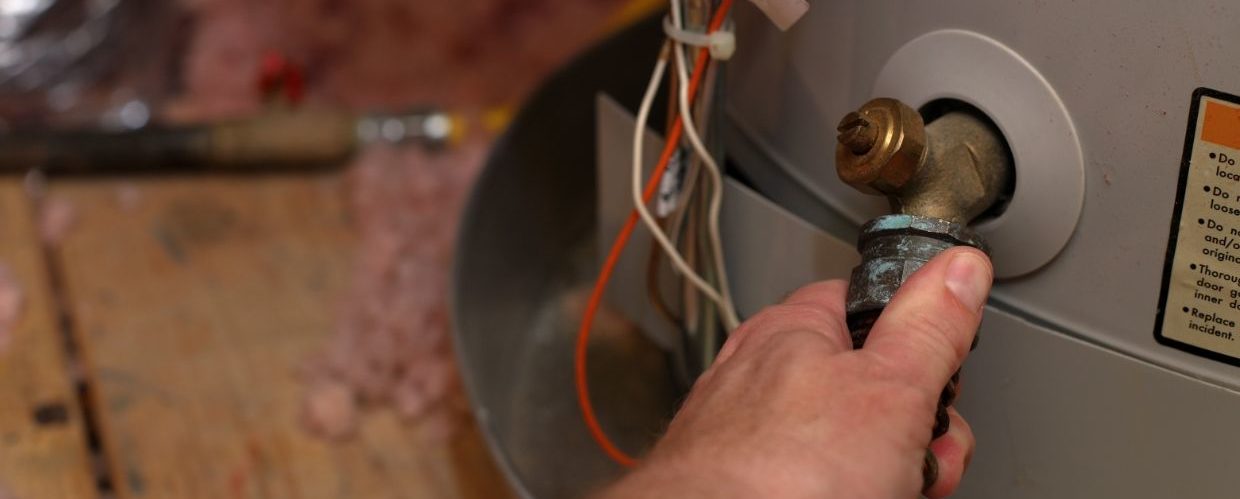
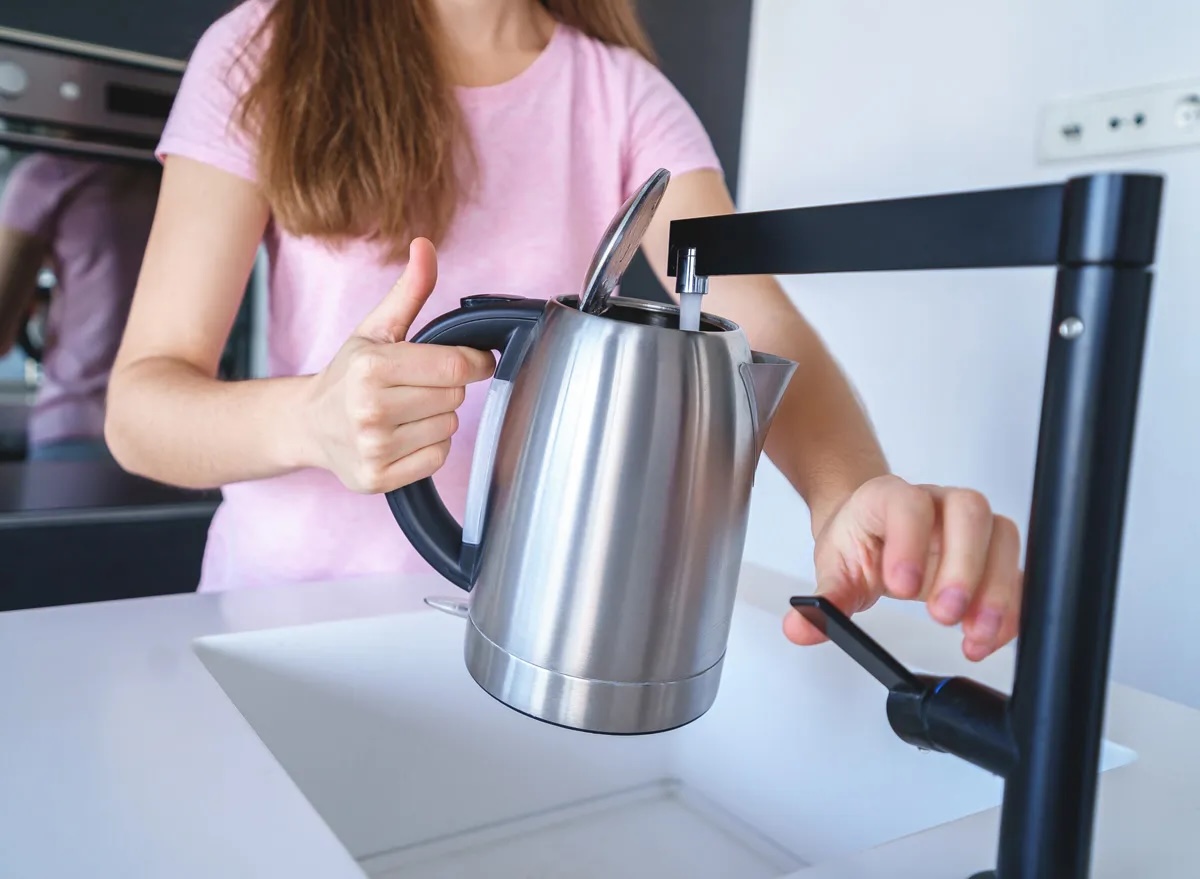
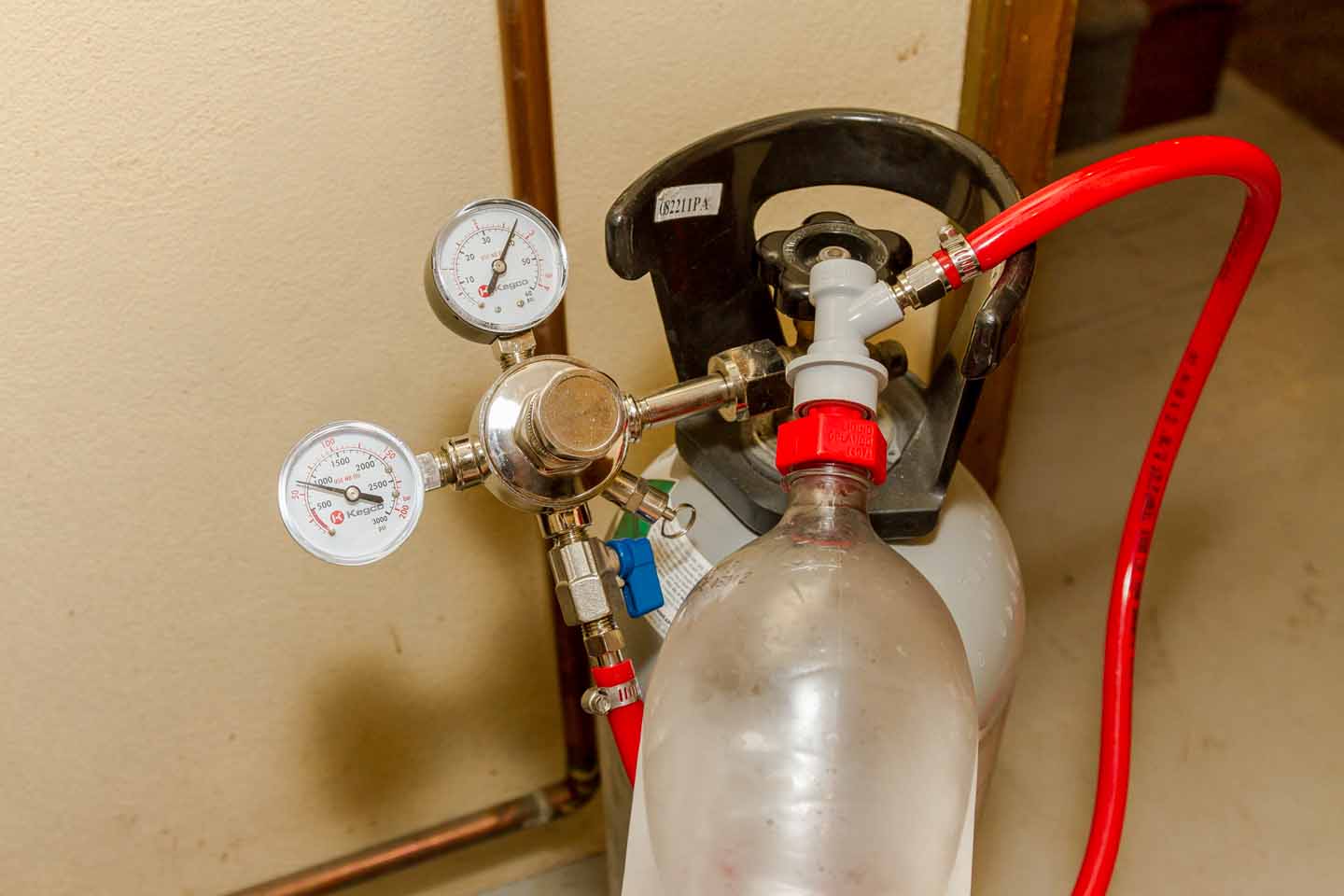
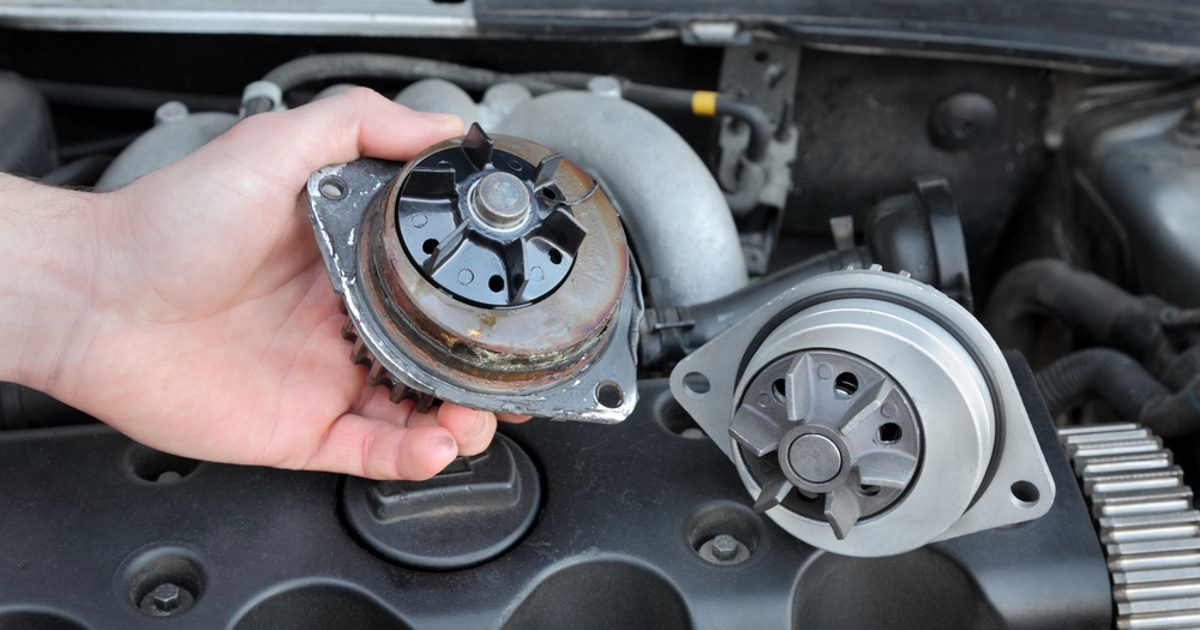
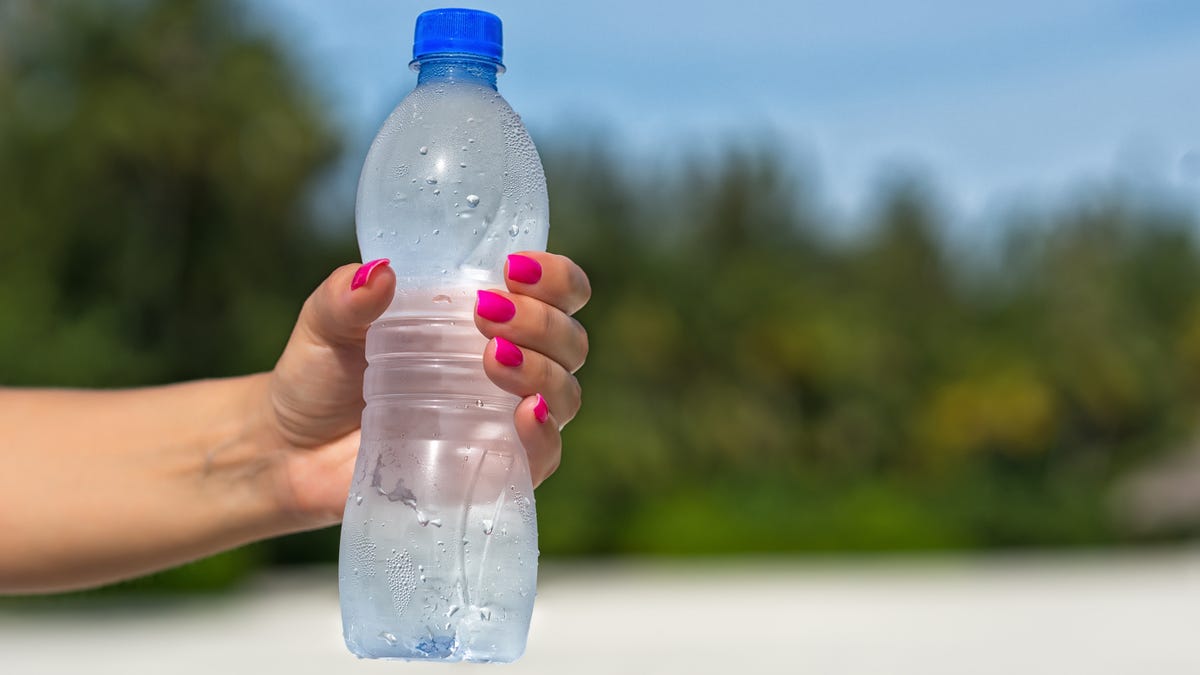
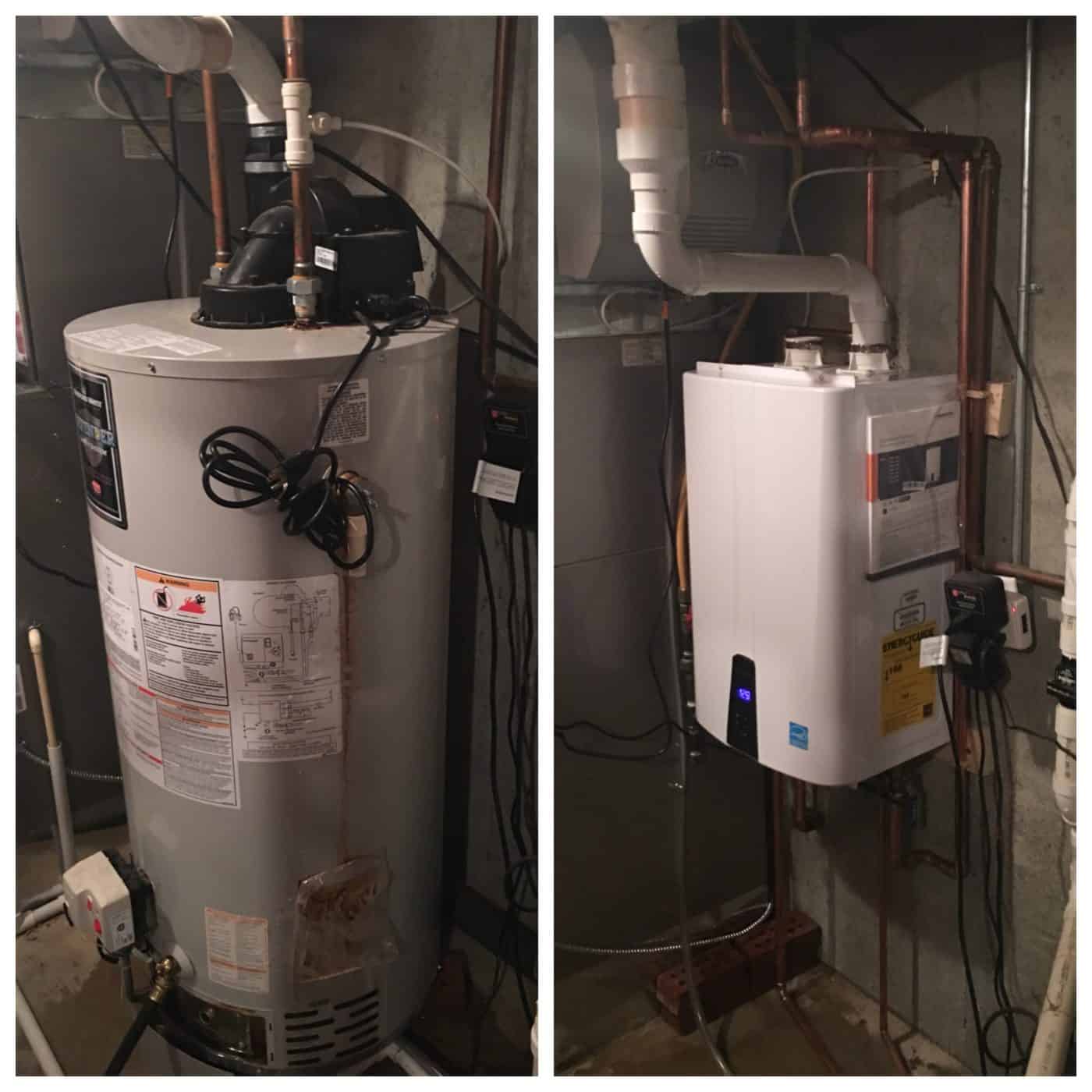
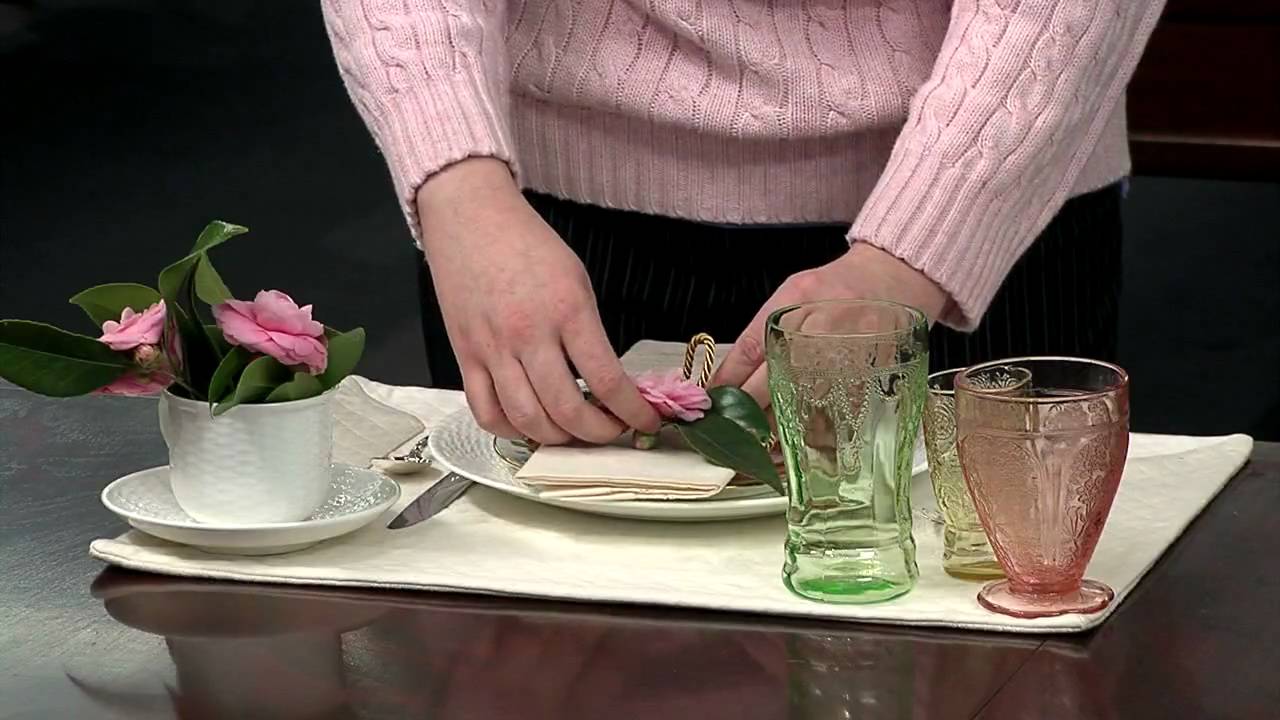


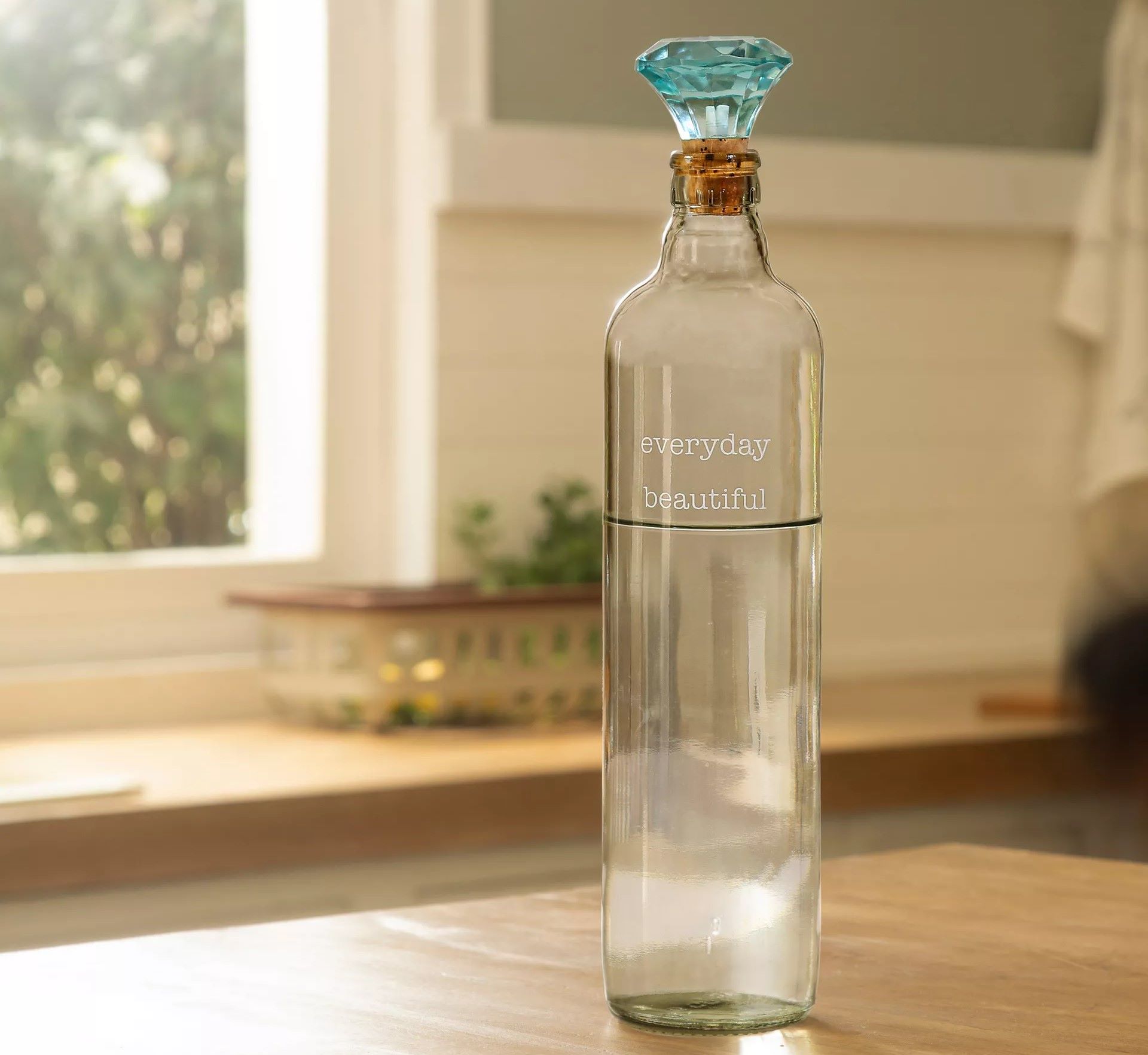

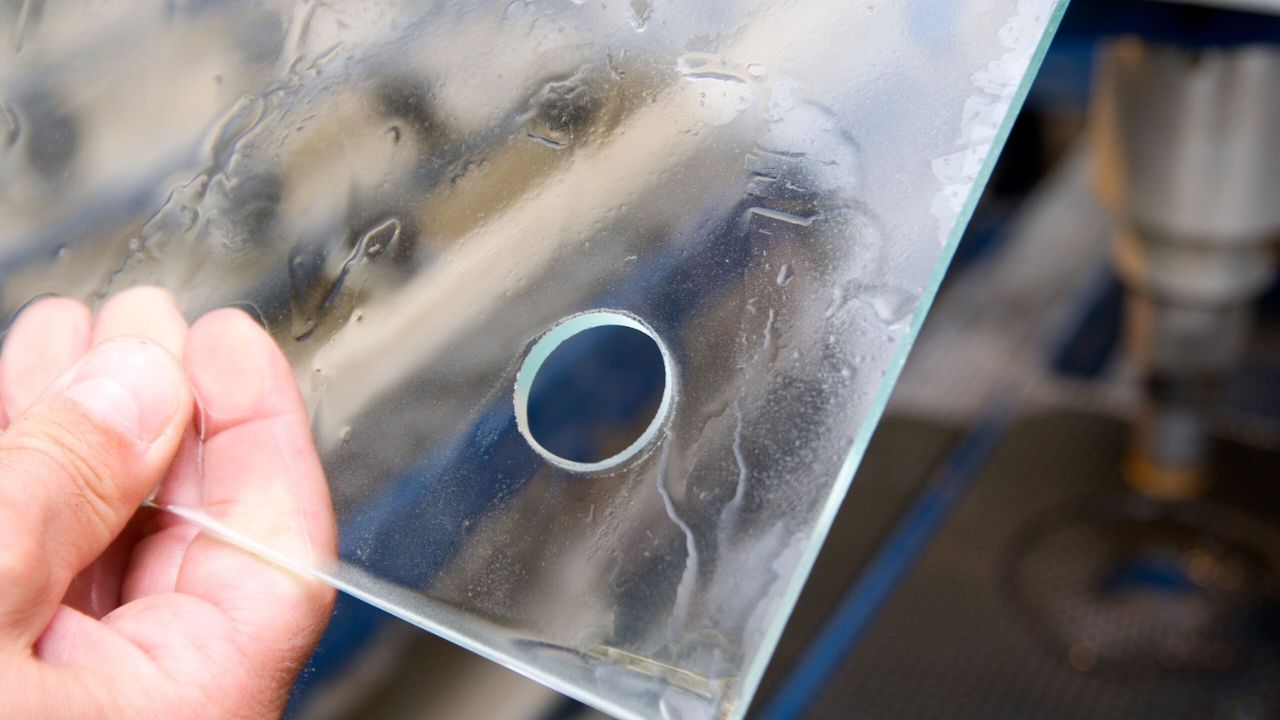


0 thoughts on “How Long Does It Take For A Glass Of Water To Go Through The Body”